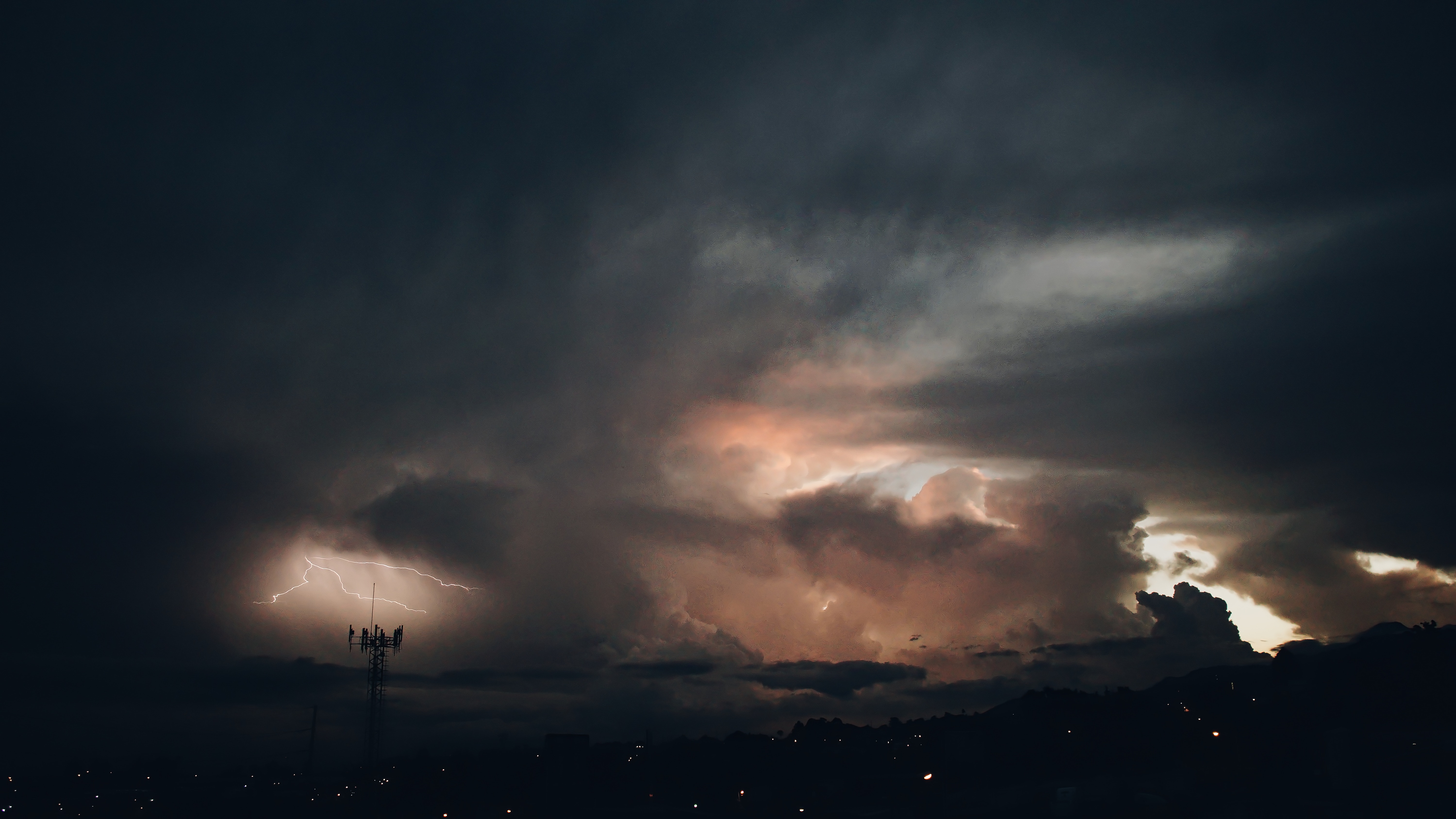Hurricanes, earthquakes, blizzards, droughts, earthquakes, a heat wave, or any other major weather event, have a great impact on the Supply Chain process. We can be caught off guard for sure when we don’t find that product which could help us cope with the resulting effect of natural disaster events. These fluctuations can quickly turn into costs.

Impacts of minor weather variabilities can challenge growers, raw material, manufacturers plans, logistics providers, shipping commitments, pricing, retailers, warehouses, transportation, delivery schedules, workforce, service provider’s shortage, customers demand, loss of sales, products that go out of stock, effects on shopping (whether in-store or online), etc., all stages of the Supply Chain, therefore, consumer demand increases impacting the desired stability between demand and supply.
How do Supply Chain professionals can react and mitigate the destructions that cost billions in damages across the world?
In Supply Chain Planning the use of Machine Learning provides mainly two substantial benefits: demand forecast accuracy is improved, and time savings are significant; it utilises a Machine Learning algorithm to model the relationship between weather and demand, and automatically find the products that are weather sensitive; the whole process from fetching weather data to weather-corrected forecast calculation can be completely automated.
A Machine Learning that builds weather-based sales forecasting model gives visibility and automatically reflects things like weekday variation, seasonality, trends, holidays and promotions, allowing the weather model to concentrate on the weather effects.
Some of the benefits through a more operational weather Analytics implementation:
An organisational structure results in an efficient, effective event response.
Provides insights to make more effective and accurate decisions.
Plans for a more effective distribution of the necessary products to face the emergency.
Allows suppliers to anticipate changes.
Responds to the potential weather impact.
Provides better Visibility to events and links to Supply Chain.
Identifies which of the retail partners might be impacted, and who needs more or less product.
Compares the weather reactivity in a store in some city location and of a hypermarket in a location only reachable by car.
Finds weather reactivity which can also vary significantly at different times of the year.
Identifies variation in sales which is very much different during summer than during winter.
Dave Food
